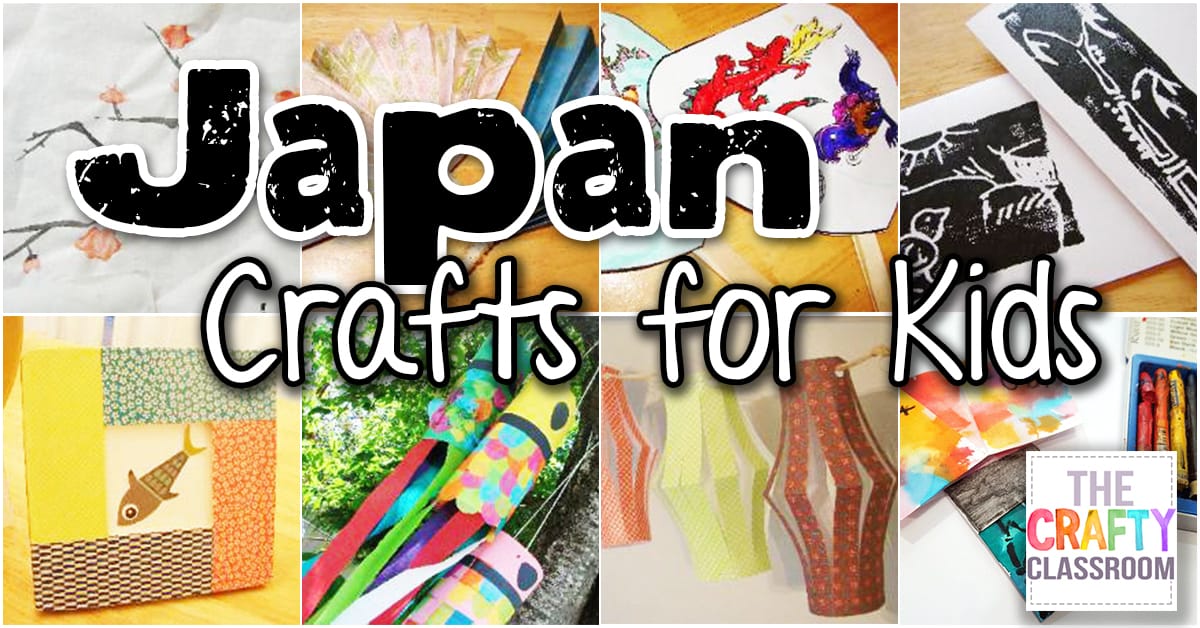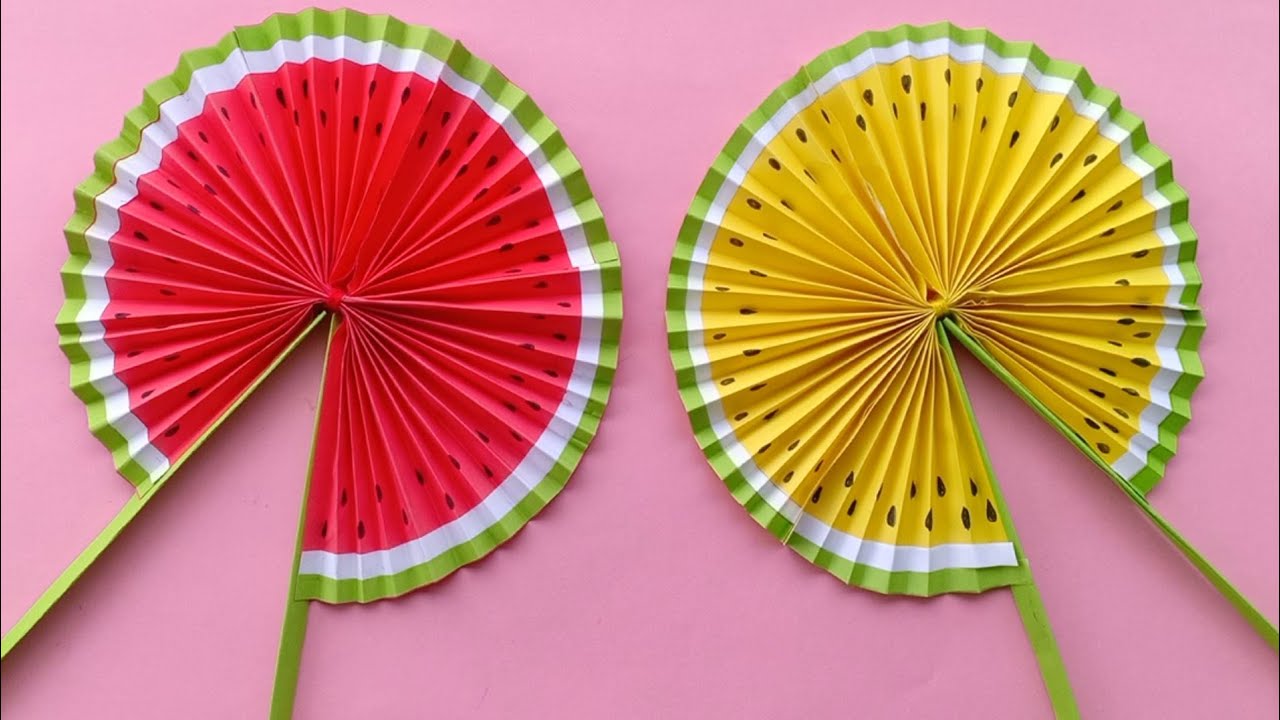DIY Japanese crafts for kids? Think beyond boring arts and crafts! Prepare for a whirlwind of paper-folding fun, intricate kirigami creations, and the vibrant joy of crafting colorful temari balls. We’re diving headfirst into a world where tiny cranes take flight, paper blossoms bloom, and imagination knows no bounds. Get ready to unleash your inner origami master (or at least a very enthusiastic beginner!), because this journey is packed with step-by-step instructions, adorable pictures, and enough creative inspiration to keep tiny hands busy for weeks.
This guide explores the delightful world of Japanese crafts, perfect for introducing children to the beauty of traditional techniques while fostering creativity and fine motor skills. We’ll cover origami, kirigami, temari ball making, and other exciting crafts using natural materials, providing age-appropriate projects and safety tips for a fun and enriching experience. Get ready to transform simple materials into stunning works of art – and maybe even create a few happy little messes along the way!
DIY Japanese Crafts for Kids: A Fun and Educational Journey
Japanese crafts offer a delightful blend of artistry and precision, making them perfect for sparking creativity in children. The intricate details and calming nature of these activities provide a welcome respite from the digital age, encouraging focus and mindfulness. Engaging kids in DIY projects fosters problem-solving skills, hand-eye coordination, and a sense of accomplishment. Plus, it’s a fantastic way to bond with family and create lasting memories!
This guide explores various Japanese crafts suitable for children, from the timeless art of origami to the intricate beauty of temari balls. We’ll provide step-by-step instructions, safety tips, and suggestions for adapting projects to different age groups, ensuring a fun and enriching experience for everyone.
Origami for Kids: Basic Techniques and Projects

Origami, the art of paper folding, is a fantastic starting point for young crafters. Its simplicity allows for quick successes, building confidence and encouraging further exploration. We’ll begin with a classic: the origami crane.
Making an Origami Crane: Start with a square sheet of paper. Fold it in half diagonally, then unfold. Repeat for the other diagonal. Fold in half horizontally and vertically, then unfold. Fold all four corners to the center point.
Flip the paper over. Fold the top and bottom flaps to the center. Fold the model in half along the vertical crease. Fold the top two layers of each side inward, creating a “neck” and “tail.” Carefully shape the head and tail to complete the crane. The finished crane boasts a graceful, elegant form, a testament to the simple yet effective folds.
Easy Origami Animals:
- Origami Frog: A simple design with a surprising action – the frog can jump! The folds create a clever mechanism that propels the frog forward when its back is pressed. The finished frog is small and compact, perfect for a child’s hand.
- Origami Cat: A cute and charming cat, characterized by its pointed ears and small, rounded body. The folds create a sense of depth and dimension, giving the cat a playful personality. The final model has a delightful, cartoonish charm.
- Origami Fish: This design features a vibrant, scaly appearance. The use of color and strategic folds allows the fish to seem to swim through the air. The completed fish is colorful and playful.
| Origami Project | Difficulty Level | Age Group | Time Required |
|---|---|---|---|
| Origami Crane | Beginner | 7+ | 15-20 minutes |
| Origami Frog | Beginner | 6+ | 10-15 minutes |
| Origami Cat | Intermediate | 8+ | 20-30 minutes |
| Origami Fish | Intermediate | 9+ | 25-35 minutes |
Kirigami: Paper Cutting Crafts
Kirigami differs from origami by incorporating cutting into the process, allowing for more intricate designs. While origami relies solely on folding, kirigami utilizes both folding and cutting to achieve stunning results. This combination opens up a world of creative possibilities for children.
Making a Kirigami Snowflake: Fold a square piece of paper in half, then in half again, and then in half again. Cut various shapes along the edges, being careful not to cut all the way through. Unfold to reveal a unique snowflake design. The symmetrical patterns are a beautiful outcome of the folds and cuts.
Unique Kirigami Designs:
- Kirigami Flowers: Delicate and colorful flowers can be created by cutting and folding layered paper. The use of multiple colors enhances the beauty of the petals and leaves. The finished flowers are strikingly realistic.
- Kirigami Animals: Simple animal shapes can be cut from folded paper, creating charming silhouettes. The use of different colored papers can make these animals more vivid and interesting. The cut-out animals are unique and adorable.
- Kirigami Greeting Cards: Intricate designs can adorn greeting cards, making them special and personalized. The use of intricate cuts and patterns makes the card visually stunning. The finished card is both functional and artistic.
Temari Ball Making: A Colorful and Engaging Craft

Temari balls are colorful, embroidered balls that have a rich history in Japan. Making them is a fun and rewarding experience, involving sewing and embellishment. The process is quite simple, making it accessible to children with adult supervision.
Making a Simple Temari Ball: Start with a tightly wound ball of yarn or string. Wrap it with several layers of thread for a firm base. Use embroidery floss to create simple stitching patterns on the surface. The finished ball is a vibrant sphere of color and texture.
Decorative Techniques for Temari Balls: Various decorative techniques can enhance the beauty of temari balls, such as using different colored threads, beads, sequins, and other embellishments. The use of intricate patterns and diverse materials can transform the temari ball into a miniature work of art.
Variations on Temari Ball Designs:
- Geometric Temari Balls: Simple geometric patterns, like stripes or triangles, are easy for children to create. The bold lines and bright colors create a striking visual impact. The finished balls are visually appealing and simple to make.
- Floral Temari Balls: More complex floral designs can be created using more advanced stitching techniques. The use of delicate patterns and bright colors adds to the elegance of the temari ball. The finished balls are ornate and beautiful.
- Animal Temari Balls: Cute animal faces can be stitched onto the surface of the temari ball. The use of playful designs and bright colors makes these temari balls fun and whimsical. The finished balls are delightful and imaginative.
Other Japanese Crafts for Kids: Exploring Beyond Paper
Beyond paper, Japanese crafts utilize a range of natural materials, offering diverse tactile experiences and opportunities for creativity. These crafts often incorporate elements of nature, adding a unique and organic touch to the projects.
Non-Paper Based Japanese Crafts:
- Kokeshi Dolls: These simple, charming wooden dolls are easily carved and painted. The simple forms and bright colors make them appealing to children. The finished dolls are cute and collectible.
- Clay Modeling (using Japanese clay): Creating small animals or figures from clay is a tactile and rewarding experience. The soft, pliable nature of the clay allows for easy shaping and molding. The finished clay creations are unique and tactile.
- Natural Dyeing: Dyeing fabric using natural materials like plants and flowers is a fascinating process. The use of natural dyes introduces children to the properties of different plants and their colors. The dyed fabrics are beautiful and unique.
Resources for Finding Materials: Craft stores, online retailers, and even nature walks can provide the necessary materials for these crafts. Local craft stores are excellent sources for a wide variety of craft supplies. Online retailers offer a vast selection of materials, while nature walks provide opportunities to gather natural materials for dyeing.
Safety Considerations and Adult Supervision
Safety is paramount when children engage in DIY activities. Adult supervision is crucial to prevent accidents and ensure a safe crafting environment. Sharp objects, small parts, and potentially harmful materials require careful handling and oversight.
Potential Hazards and Mitigation:
- Sharp Objects (scissors, knives): Use child-safe scissors and supervise the use of any sharp tools. Ensure children understand the importance of using sharp objects with caution and supervision.
- Small Parts (beads, buttons): Keep small parts out of reach of young children to prevent choking hazards. Supervise children to ensure that they do not put small parts in their mouths.
- Toxic Materials (certain paints, dyes): Use non-toxic materials whenever possible. Always follow the manufacturer’s instructions and provide adequate ventilation when using paints or dyes.
Adapting Crafts for Different Age Groups, Diy japanese crafts for kids
Adapting craft projects to different age groups ensures that every child can participate and succeed. Younger children might need more assistance and simpler projects, while older children can tackle more complex designs.
Age-Appropriate Adaptations:
- Origami: Younger children can start with simple folds, while older children can attempt more intricate designs.
- Kirigami: Younger children can use pre-cut templates, while older children can design their own patterns.
- Temari Ball Making: Younger children can focus on simple stitching patterns, while older children can create more complex designs.
| Age Group | Origami | Kirigami | Temari Ball |
|---|---|---|---|
| 3-5 | Simple folds, large paper | Pre-cut shapes, simple designs | Simple wrapping, minimal stitching |
| 6-8 | Basic animals, simple shapes | Simple snowflakes, basic patterns | Simple stitching patterns, basic colors |
| 9+ | Complex designs, intricate folds | Intricate designs, personalized patterns | Complex stitching patterns, varied colors |
So there you have it – a passport to a world of whimsical paper folding, precise cutting, and colorful crafting! From the elegant simplicity of origami cranes to the vibrant explosion of a temari ball, these DIY Japanese crafts offer a unique blend of tradition and creativity. We hope this journey has ignited your imagination and inspired you to embark on your own crafting adventure.
Discover the crucial elements that make crafts for girls the top choice.
Remember, the most important ingredient isn’t perfection, but the joy of creating something beautiful with your own two hands (and maybe a little help from a grown-up!). Happy crafting!
FAQ Section: Diy Japanese Crafts For Kids
What kind of glue is best for temari balls?
A strong, all-purpose craft glue works well, but ensure it’s non-toxic and suitable for children. White glue or school glue is a safe option.
Can I use recycled paper for origami and kirigami?
Absolutely! Using recycled paper adds an eco-friendly touch and can be a great way to repurpose old materials. Just make sure the paper is relatively smooth and not too thick or thin.
How do I prevent younger children from accidentally cutting themselves with kirigami tools?
Supervise closely and use blunt-tipped scissors designed for children. Consider pre-cutting some shapes for younger children to assemble.
Where can I find more advanced origami instructions?
There are many online resources and books dedicated to origami, ranging from beginner to expert levels. A quick search for “advanced origami instructions” will yield plenty of results.


